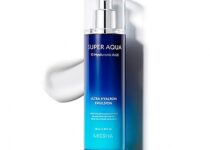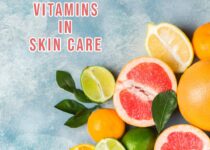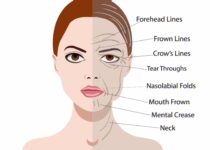Can Tea Tree Oil Help with Acne?
When Tea Tree Oil Comes Into Action
Along with the famous acne warriors such as AHA, BHA and Retinol (although less used in Korean skin care), a considerable acne warrior named as Tea Tree Oil comes to play. In this article, we shall be going through the common question of ‘Can tea tree oil help with acne?’, as some of us may love this therapeutic oil very much!
Tea Tree Oil is commonly mixed with other components that effectively treats acne. Tea Tree Oil has been outshined by other warriors so let’s take a moment to really know what this essential oil can do for our skin.
What Is Tea Tree Oil
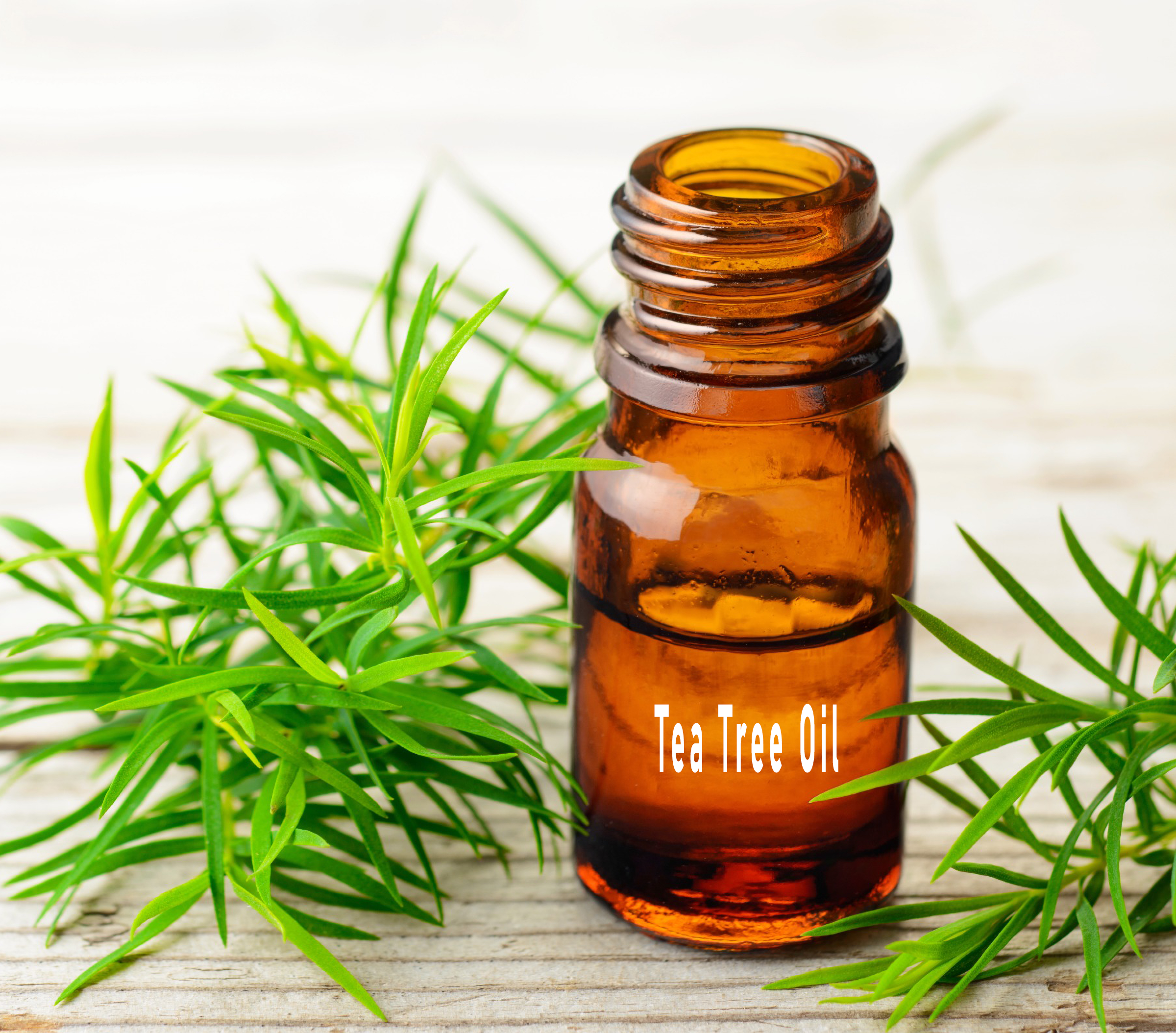
Melaleuca oil also fondly known as tea tree oil is an essential oil that is produced when you steam the leaves of the Australian tea tree. The plant (tea tree) naturally grows in Australia. Since Melaleuca Alternifolia is a member of the myrtle family, which encompasses over 300 species of shrubs and trees, most of which are endemic to Australia.
It is often found in low-lying swampy areas. It has papery bark and white, bottlebrush-like flowers up to 5cm long. The tea tree oil contains antiseptic and antifungal abilities, which is why it is commonly used to treat acne, lice, nail fungus, athlete’s foot, insect bites, and dandruff. The presence of bactericide and fungicide in tea tree oil allows it to be used in a range of products like cosmetics, personal health care, and animal care products. Tea-tree oil can penetrate deeply into tissues, dissolve pus and clean wounds, and have a mild analgesic effect. Tea tree oil is also antibacterial when you use it topically.
It is also commonly used as a steam inhalant to ease the congestion of coughs and colds. It is also present in different products that aim to eliminate bacteria and other pests such as dog shampoo, horse products, antiseptic creams, shampoo, conditioner, deodorant, sunscreen, and a range of soap products.
The product is handpicked and manually cut and often distilled, wood-fired bush stills, and it must be harvested from 1-3 years. It is also harvested in the coppicing process where the whole plant is cut off close to the ground then cut into smaller fractions. To extract the tea tree oil from the Melaleuca genus, the leaves and branches must undergo steam distillation. It produces a clear to yellowish oil, which is then separated from its water distillate.
Pure Tea Tree Oil vs. Diluted Tea Tree Oil
Pure tea tree oil is an aggressive oil that must be taken with full caution. Frances Fewell, the director of the Institute for Complementary Medicine, stated that we should never apply any sort of essential oil directly to the skin without diluting it first in a suitable carrier oil.
Ever since tea tree oil became very popular, many people have started applying it directly to the skin to deal with acne and skin infections. In fact, this is a very aggressive oil. The skin can dry out, blister, or form a rash. If the tea tree oil is undiluted, the toxic and risky chemicals might become even more potent, reaching up to three times as strong and aggressive if it is stored at room temperature and exposed to light and air.
On the other hand, diluted tea tree oil can be used on the skin without serious problems. You can dilute the tea tree oil with a carrier oil like primrose, hemp, or rosehip oil. You can also try diluting it with vegetable oil or almond oil to reduce the aggressiveness of the tea tree oil. Take a teaspoon of carrier oil and mix 5 drops of 100% pure tea tree oil = 5% concentration of diluted tea tree oil.
However, some people may develop an allergic skin reaction or skin irritation in the area where the oil was used. It is important to know the proper way to dilute tea tree oil, so you can safely reap the many rewards this versatile oil provides.
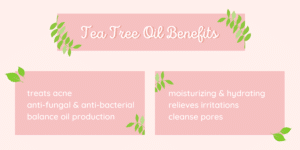
Benefits of Tea Tree Oil
- Treats Acne
Tea Tree Oil has antifungal and antibacterial properties that eliminate acne-causing bacteria on your skin and down to your pores. It also has the tendency to eliminates tiny bumps in your forehead. These small bumps may be fungal acne, and tea tree oil can help lessen their appearance, knowing that antifungal properties are present.
Products with tea tree oil are highly useful for spot treatment. Even a tea tree oil alone will also work as a spot treatment. To be safe, it is better to use a diluted tea tree oil as an acne spot treatment rather than a pure one.
- Balances Oil Production
No excess sebum = less acne! For people with oily skin, tea tree oil will help in controlling your sebum production. It will eradicate all excess sebum on your face, but at the same time, it will leave enough moisturization for your skin.
- Cleanse Pores
Products with tea tree oil will help in deep cleaning your pores. Since it has antibacterial and anti-inflammatory properties, it will eliminate all bacteria and dirt from your pores. Leaving you a clean slate and fewer chances of having inflamed pimples.
- Treats Irritated Skin
Some product combined with tea tree oil has calming features which are effective for irritated skin. A diluted tea tree oil will be more suitable for sensitivities, but it still varies on how your skin would react. Some people have found tea tree oil effective in calming their irritated skin. It might not work for you, so always patch test first.
Precautions Of Using Tea Tree Oil
- Always, always, always, patch test first!
Tea tree oil is an essential oil, which means it is powerful that might cause allergic reactions on your skin. A patch test is very important when you want to use tea tree oil. This will help you know if your skin is compatible with it or not. In this way, you can prevent worsening your problems.
- Fully concentrated tea tree oil may be harmful to use. Try a diluted one or mix it with other ingredients.
For people with sensitive skin, you might find tea tree oil very irritating. Try diluting the tea tree oil first before applying it to your skin.
For oily skin and acne-prone skin, tea tree oil might cause dryness to your skin. You will notice that if you use tea tree oil as a spot treatment, that area tends to flake and dry.
- Choose the right concentration is important. Usually, at least 5% of tea tree oil is enough.
If the tea tree oil is not listed in the top 5 ingredients list, it means that te tree oil present in the product is not high enough for it to be effective.
Tea tree oil is harmful to oral use! There have been studies that tea tree oil is toxic when swallowed. It will cause serious health effects like unsteadiness, rash, and coma.
How to Use Tea Tree Oil for Acne/Acne Scars
- Apply Topically As Cream or Gel
If the concentration is high enough, you can use it as a spot treatment. A 5% concentration will be enough.
Stronger gels can also be used to prevent acne appearance on areas like mouth, nose, jawline, and forehead. If you feel like there’s a pimple that’s about to grow in a certain area, you can apply a small amount in that area.
Use a cotton bud or q-tip, apply a small amount on active or soon-to-be pimples.
- Combine Tea Tree Oil With Active Ingredients
Mixing with products that also help control sebum production and fading acne scars such as salicylic acid and green tea will be more effective in treating acne. Tea tree alone might not work as effective treatment as compared when it is combined with other properties that also fight acne.
You can also dilute it using oils such as olive oil, primrose oil, and hemp oil.
If you have a patch test and your skin is fine with tea tree oil, this is one way to apply it. Put a few drops into your palms, rub it to warm it up, and then gently pat and press onto your face.
- Mask Or Face Wash
This method will be perfect for oily and acne-prone skin. Get raw honey, add 1 drop of tea tree oil, mix it, and massage all over your face. You can apply this, whether on dry skin or wet skin. You can leave it on for about 15-20 minutes as a mask. If you’re in a rush, you can massage the mixture unto your face for 1-2 minutes and then rinse off with water.
Other mixtures you can incorporate with Tea Tree Oil:
- lemon juice + honey + tea tree oil
This mixture is perfect for acne-prone skin. The presence of lemon juice will act as a highly anti-inflammatory property effective for preventing acne inflammation. Honey will also work as a repair for your acne scars and dark spots. Tea tree oil will be responsible for cleaning your pores and the surface of your skin.
- coconut oil + almond oil + few drops of tea tree oil
If you have an irritated area on your skin, you can apply a small amount of this mixture and spread it evenly.
- steam water + few drops of tea tree oil
Add a few drops of tea tree oil into your steam water, and it will effectively cleanse your pores. The steam vapor will open the pores, and the tea tree oil will be responsible for removing bacterial accumulation.
- Makeup Remover
Since tea tree oil contains antibacterial properties, it is very efficient when used in removing makeup. Making sure that your makeup will be thoroughly removed, and no residue is left behind.
Add a few drops of tea tree oil to your regular makeup remover. Mix two together then store in a bottle.
Put some on a cotton pad and remove your wakeup in an outward direction. Starting from the center of your face swiping away, going to the temples. This way, you will not be too harsh on your skin when you remove makeup, and you will not quickly get fine lines.
So, can tea tree oil help with acne? In my opinion, it is effective in fighting acne in general. However, not everyone can handle tea tree oil. Always remember that our skin reacts in a different way for different products. Others might see improvements in their acne, acne scars, and irritations, but it might not work the same for you.
If you’ve noticed that tea tree oil might have cause you redness, burning, swelling, and any other allergic reactions, immediately stop using tea tree oil. You might want to have your dermatologist check your skin if you’ve encountered sensitivities. Always be careful in using tea tree oil.
On another note, some of the skin care products that contain tea tree oil to treat bacterial acne, may also contain other ingredients that may not suit your skin. For example, products that have a mixture of tea tree oil and shea butter may be effective to fight bacterial acne but is not fungal acne safe. Shea butter in this case may aggravate the production of fungal acne. If you are suffering from both bacterial acne and fungal acne, it is best to avoid these products until your fungal acne is cured.
Do take some time to read the ingredient lists of products thoroughly and check its suitability to your skin conditions before purchase. Be really really in the know of what you are applying on your skin, okay?
Korean Products That Contain Tea Tree Oil:
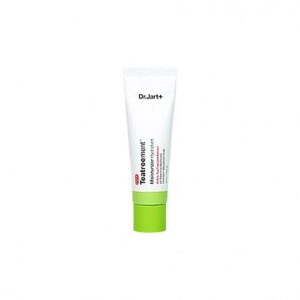
In each product, I have also included indicating the rank of Tea Tree in the ingredients list.Dr Jart Teatreement Moisturizer contains 81.5% tea tree leaf extract that conditions acne-prone skin moisturizer for pH balance. (1st in the ingredients list)
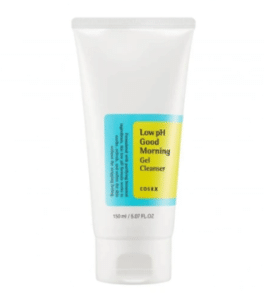
Formulated with botanical skin purifying ingredients, the Cosrx Low pH Good Morning Gel Cleanser is a mild acidic cleanser that works softly to make skin supple and clear. (13th in the ingredients list)
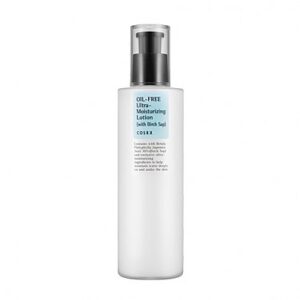
Formulated with 70.8% birch sap, the Cosrx Oil Free Ultra Moisturizing Lotion helps keep skin hydrated and calmed. (last in the ingredients list)
